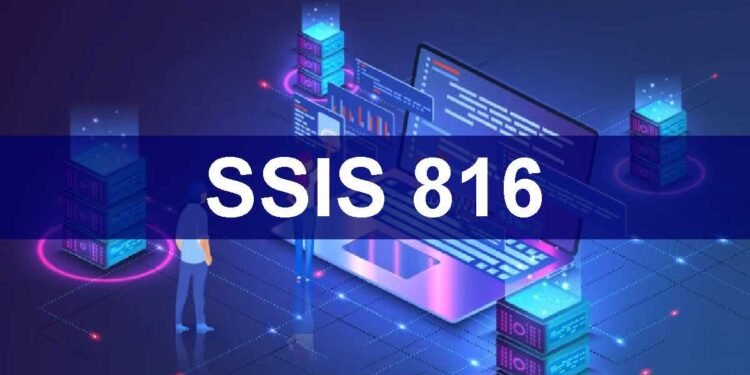SQL Server Integration Services (SSIS) 816 is a powerful tool for building complex data integration and data transformation processes. As companies gather more data from more sources, they need robust yet flexible ways to load, transform, and extract that data across systems. SSIS enables handling these data pipelines with greater ease and efficiency.
Key Benefits and Features of SSIS 816
Some of the key capabilities and benefits of SSIS 2016 include:
Simplified Package Development and Debugging
– New features like the Incremental Package Development make authoring packages easier with validation warnings and errors to prevent common coding mistakes. The integration with Visual Studio provides improved debugging capabilities as well.
Flexibility for Cloud and Hybrid Data Integration
SSIS 816 makes it easier to load data into Azure targets and on-premises data sources using the same familiar tools. This hybrid approach helps companies transition to the cloud.
Better Performance and Scalability
– With features like package execution in parallel across multiple machines, SSIS 816 enables much higher throughput for large complex data loads. The additional logging and reporting enables better monitoring as well.
Broader Data Connectivity
– Connectivity to HDFS, MongoDB, OData and other big data and NoSQL sources is improved in SSIS 2016, enabling use across a broader range of data.
Core Components for Building SSIS Solutions
Some of the main components leveraged when developing SSIS packages and solutions include:
Control Flow
– This is the overall package workflow, enabling sequencing of data flow tasks and other steps into a logical process. Using containers, events, and precedence constraints gives extensive control over orchestration.
Data Flow
– The data flow provides a visual way to transform data using sources, transformations, and destinations. A rich library of built-in components covers most common data integration needs.
Event Handlers
– Event handlers give packages extensibility to respond to events that occur when a package runs, making it easier to implement logic based on those events.
Logging
– SSIS includes robust logging capabilities to log package execution, progress, and issues to SSISDB, text files, SQL Server, or Windows Event Log. This enables monitoring and alerting capabilities.
Variables
– Variables provide a way to store values commonly used throughout packages for reuse, making development more efficient and easier to maintain. Expressions provide flexibility in how variables get used.
Key Scenarios for SSIS 816
SSIS excels in several key data integration and data warehousing scenarios, including:
ETL for Data Warehouses
– Loading data from transactional systems into analytics databases and data marts is a top use case. SSIS provides high performance data extraction, transformation, and loading.
Data Migration Projects
– When moving data from one system to another, SSIS provides a repeatable way to map, transform, validate, and load data while handling errors robustly.
Data Consolidation Across Systems
– Bringing together data from different source systems, masking or altering data as needed, and loading into another database can all be handled effectively in SSIS packages.
Delivering Actionable Operational Data
– Beyond analytics, SSIS is great for moving data in real-time or on a schedule into operational reporting databases or even applications.
Cloud Data Integration
– SSIS 2016 improves support for loading data into or working with data already in Azure Data Lake, Azure SQL Data Warehouse, and other cloud platforms.
By providing extensive capabilities for data pipeline creation, debugging, validation, performance tuning, logging, and administration, SSIS 816 enables organizations to meet complex data integration needs with support for big data and cloud alongside traditional platforms. With its improved developer experience, additional connectors, and better performance, SSIS 2016 is a major upgrade. Companies using older versions can benefit greatly by upgrading to take full advantage of these new features and capabilities for their data integration processes.
Original Source : https://mzeeki.com/post/ssis-816



